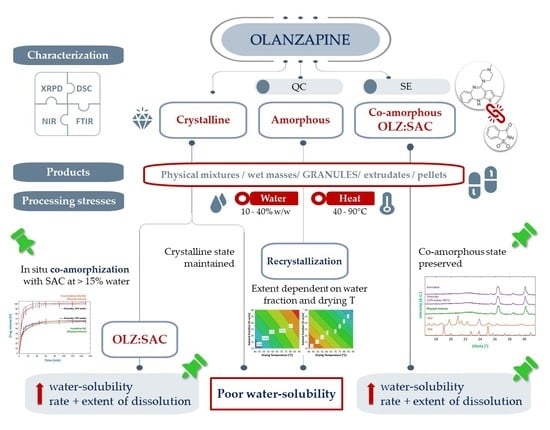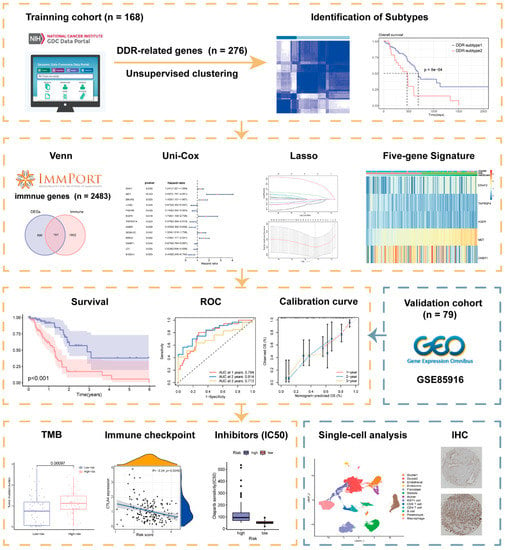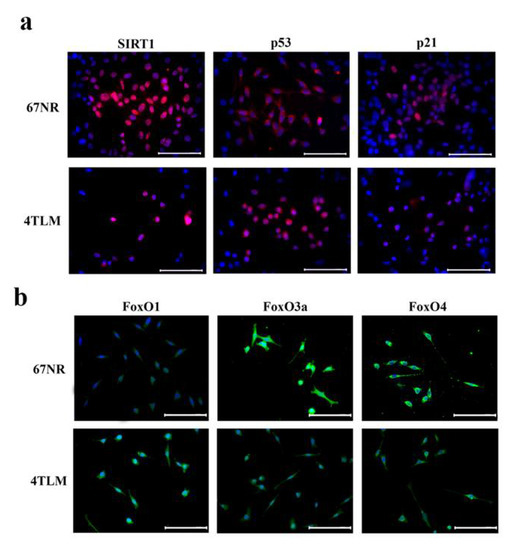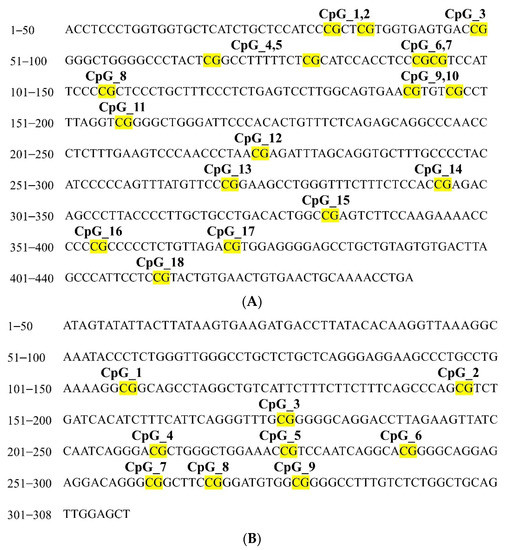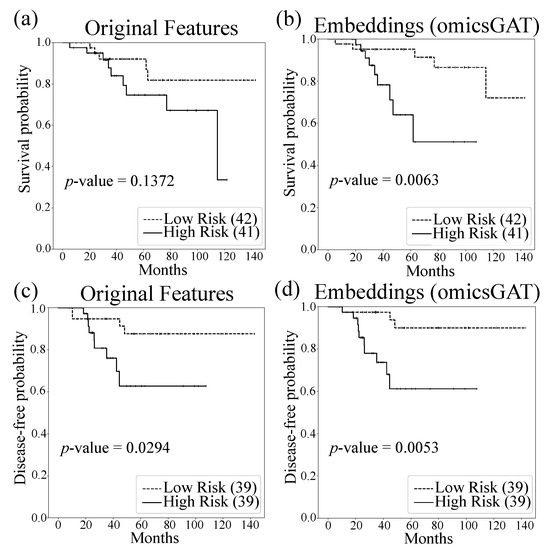Int. J. Mol. Sci. 2022, 23(18), 10234; https://doi.org/10.3390/ijms231810234 - 6 Sep 2022
Cited by 5 | Viewed by 3098
Abstract
The preparation of amorphous and co-amorphous systems (CAMs) effectively addresses the solubility and bioavailability issues of poorly water-soluble chemical entities. However, stress conditions imposed during common pharmaceutical processing (e.g., tableting) may cause the recrystallization of the systems, warranting close stability monitoring throughout production.
[...] Read more.
The preparation of amorphous and co-amorphous systems (CAMs) effectively addresses the solubility and bioavailability issues of poorly water-soluble chemical entities. However, stress conditions imposed during common pharmaceutical processing (e.g., tableting) may cause the recrystallization of the systems, warranting close stability monitoring throughout production. This work aimed at assessing the water and heat stability of amorphous olanzapine (OLZ) and OLZ-CAMs when subject to wet granulation and pelletization. Starting materials and products were characterized using calorimetry, diffractometry and spectroscopy, and their performance behavior was evaluated by dissolution testing. The results indicated that amorphous OLZ was reconverted back to a crystalline state after exposure to water and heat; conversely, OLZ-CAMs stabilized with saccharin (SAC), a sulfonic acid, did not show any significant loss of the amorphous content, confirming the higher stability of OLZ in the CAM. Besides resistance under the processing conditions of the dosage forms considered, OLZ-CAMs presented a higher solubility and dissolution rate than the respective crystalline counterpart. Furthermore, in situ co-amorphization of OLZ and SAC during granule production with high fractions of water unveils the possibility of reducing production steps and associated costs.
Full article
(This article belongs to the Collection Feature Papers in Materials Science)
►
Show Figures
